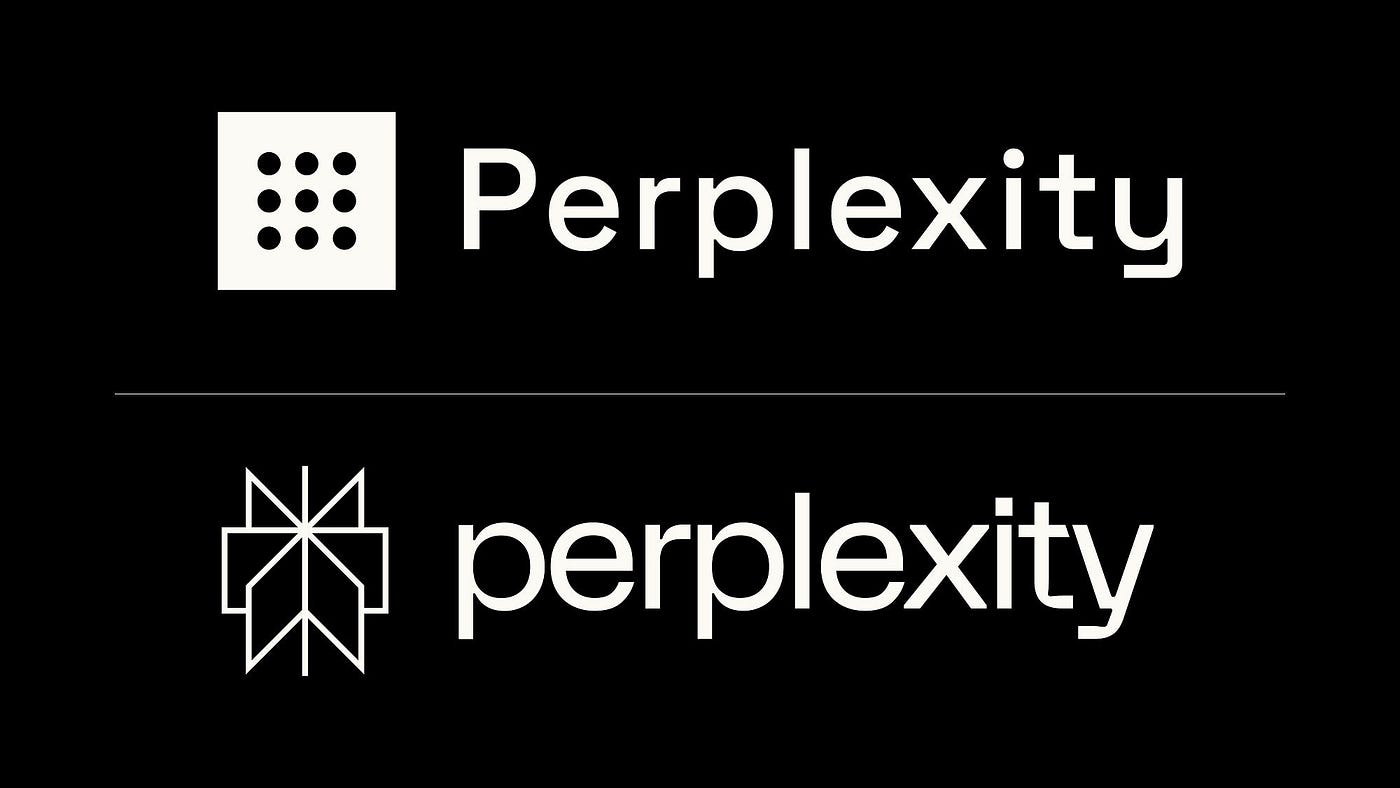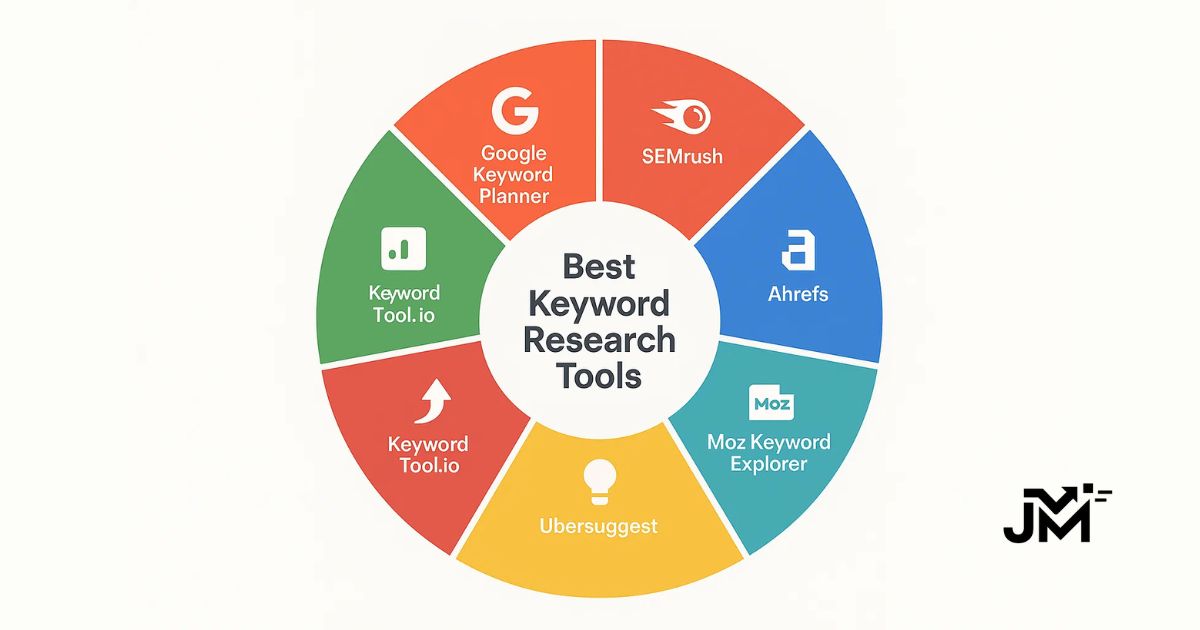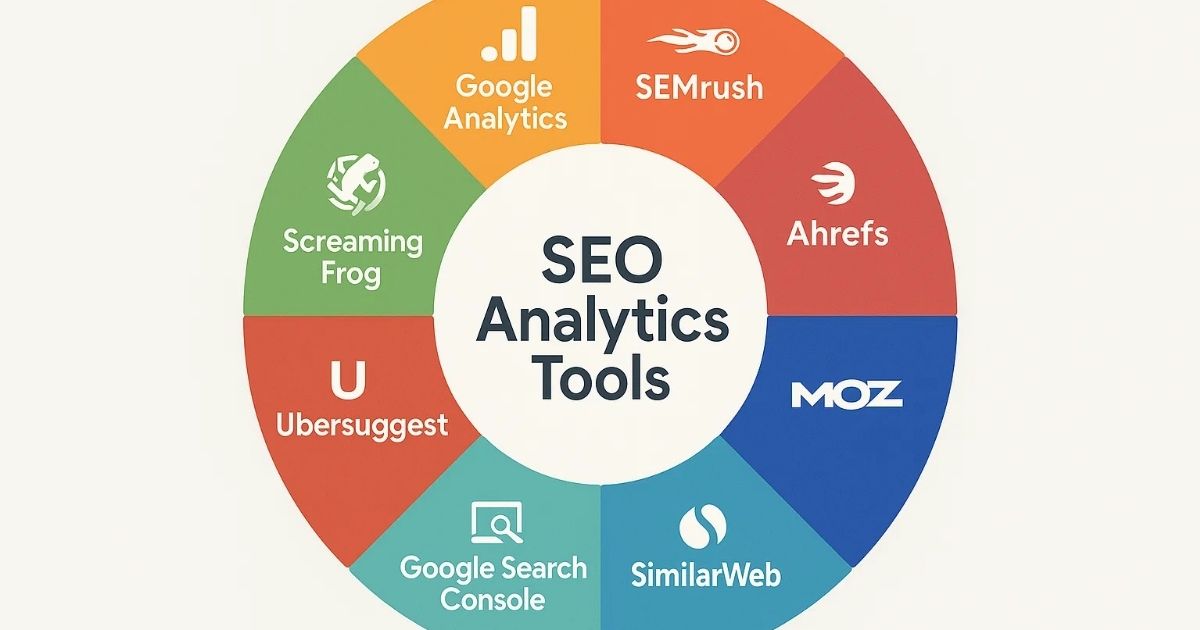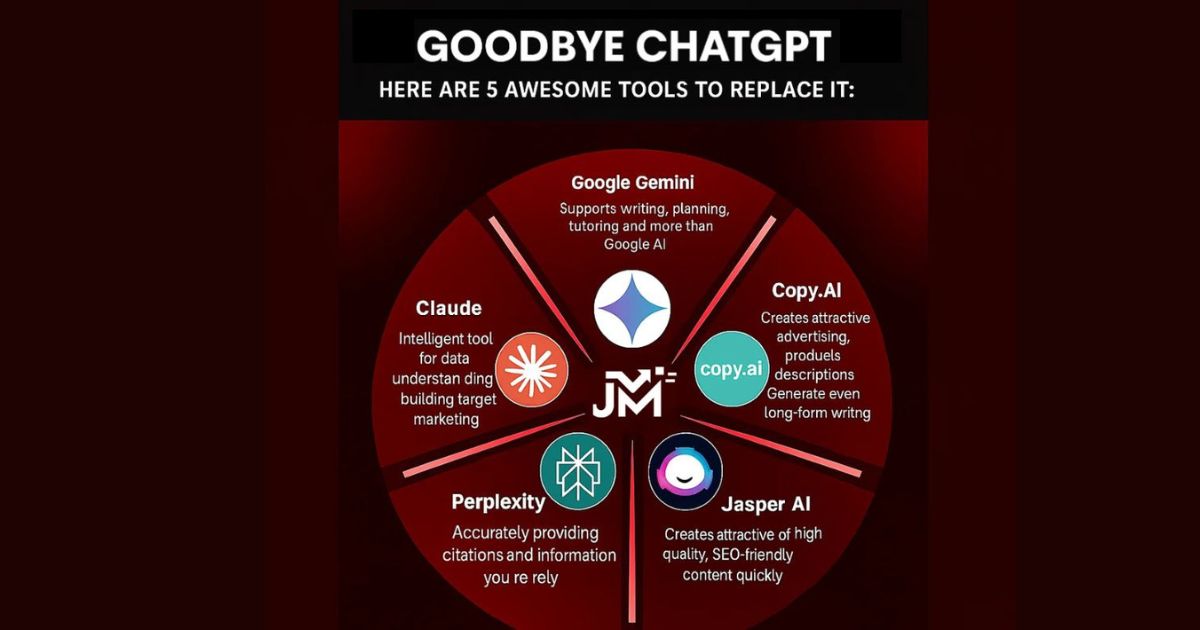What is Perplexity AI?
Perplexity AI is an advanced artificial intelligence tool designed to improve various aspects of natural language understanding and generation. It leverages cutting-edge machine learning techniques to offer services like question answering, text generation, and content summarization. The platform is particularly known for its ability to interpret and analyze complex text data, making it a valuable tool for businesses, researchers, and content creators.

How Perplexity AI Works
1. Understanding Perplexity AI
Perplexity AI operates on principles of natural language processing (NLP) and machine learning. Here’s a breakdown of how it works:
-
Language Models: Perplexity AI uses advanced language models, such as GPT-4 or similar architectures, which have been trained on vast amounts of text data. These models are capable of understanding and generating human-like text based on the patterns they have learned.
-
Perplexity Measurement: The term "perplexity" refers to a measure of how well a probability model predicts a sample. In the context of AI, it quantifies the model's confidence in predicting the next word or sequence of words in a text. Lower perplexity indicates that the model has a better grasp of the text's structure and context.
-
Training and Fine-Tuning: The models are trained on diverse datasets to learn language patterns. Fine-tuning involves adjusting the model based on specific datasets or tasks to improve its performance for targeted applications.
2. Core Features of Perplexity AI
-
Text Generation: Creates coherent and contextually relevant text based on input prompts.
-
Question Answering: Provides accurate and informative answers to user queries.
-
Summarization: Condenses long documents or articles into shorter, summarized versions.
-
Text Analysis: Analyzes text for sentiment, intent, and key information.
3. How Perplexity AI Works
Here’s a step-by-step explanation of how Perplexity AI processes text and generates outputs:
-
Input Processing:
-
Text Input: Users provide text or questions.
-
Tokenization: The input text is broken down into tokens (words, phrases, or sub-words).
-
-
Model Inference:
-
Contextual Understanding: The model analyzes the input tokens to understand the context.
-
Pattern Recognition: It uses learned patterns to predict or generate text based on the input.
-
-
Output Generation:
-
Text Generation: The model generates text or answers based on the processed input.
-
Refinement: The output is refined for coherence and relevance.
-
-
User Interaction:
-
Feedback Loop: Users can provide feedback or refine queries to get more accurate or relevant results.
-
How to Use Perplexity AI
Here’s a guide on how to effectively use Perplexity AI for different applications:
1. Getting Started with Perplexity AI
1. Sign Up:
- Visit the Perplexity AI website and create an account.
- Choose a plan that fits your needs; there may be free and paid options available.
2. Access the Platform:
- Log in to your account to access the main dashboard.
2. Using Perplexity AI for Text Generation
1. Enter Your Prompt:
- Provide a text prompt or topic for which you need generated content.
- Example: “Write a blog post introduction about the benefits of AI in healthcare.”
2. Generate Text:
- Click the “Generate” button to produce text based on your prompt.
- Review and refine the output as needed.
3. Refine Prompts:
- If the output isn’t as expected, adjust your prompt for better results.
3. Using Perplexity AI for Question Answering
1. Ask a Question:
- Type your question into the text box.
- Example: “What are the main applications of AI in finance?”
2. Receive an Answer:
- The model will provide an answer based on available knowledge.
- You can ask follow-up questions for more detailed information.
4. Using Perplexity AI for Text Summarization
1. Input the Text:
- Paste the text or document you want summarized.
- Example: “Summarize the key points of this research paper on climate change.”
2. Generate Summary:
- Click “Summarize” to get a condensed version of the text.
- Review the summary for completeness and accuracy.
5. Using Perplexity AI for Text Analysis
1. Analyze Text:
- Enter the text you want to analyze.
- Choose the type of analysis you need (sentiment analysis, intent detection, etc.).
2. View Results:
- Review the analysis results and insights provided by the AI.
Example Applications
|
Use Case |
Description |
Example |
|
Content Creation |
Generate blog posts, articles, or marketing content. |
“Create a 500-word blog post about AI trends.” |
|
Customer Support |
Provide automated responses to common customer queries. |
“What are your store’s return policies?” |
|
Summarization |
Condense lengthy reports or documents. |
“Summarize this 20-page business report.” |
|
Research Assistance |
Provide detailed answers and explanations. |
“Explain the concept of machine learning.” |
|
Text Analysis |
Analyze text for sentiment, intent, or key information. |
“Analyze the sentiment of this customer review.” |
Tips for Effective Use
-
Be Specific: Provide clear and specific prompts for better results.
-
Experiment with Prompts: Adjust prompts to fine-tune responses.
-
Leverage Feedback: Use feedback mechanisms to improve AI interactions.
-
Explore Advanced Features: Utilize advanced features like API integrations for custom applications.
Example Projects
|
Project |
Description |
Features |
|
Content Generation for Blog |
Use Perplexity AI to create engaging blog content regularly. |
Text generation, topic brainstorming. |
|
Automated Customer Support |
Implement a chatbot for handling customer inquiries. |
Question answering, automated responses. |
|
Summarizing Research Papers |
Use AI to summarize and extract key points from research papers. |
Summarization, key points extraction. |
|
Sentiment Analysis for Reviews |
Analyze customer reviews for sentiment insights. |
Sentiment analysis, feedback collection. |
Comparison Table
|
Feature |
Perplexity AI |
Competitor A (e.g., OpenAI GPT-4) |
Competitor B (e.g., Google's BERT) |
|
Text Generation |
Yes |
Yes |
No |
|
Question Answering |
Yes |
Yes |
Yes |
|
Text Summarization |
Yes |
Yes |
No |
|
Text Analysis |
Yes |
Yes |
Yes |
|
Custom Models |
Limited |
Advanced Customization Available |
Limited |
|
Integration Options |
API Available |
Extensive API and Integration |
API Available |
|
Pricing |
Free and Paid Plans |
Free and Paid Plans |
Free and Paid Plans |
By understanding how Perplexity AI works and how to utilize it effectively, you can leverage its capabilities to enhance various business processes and improve efficiency.
FAQs
1. What is the best way to start using Perplexity AI for my business?
Begin by exploring the platform’s features through a free trial or basic plan, then gradually integrate the tools into your business processes based on your specific needs.
2. How can Perplexity AI help with content creation?
Perplexity AI can generate high-quality text content, assist in brainstorming ideas, and help with creating blog posts, marketing materials, and more.
3. Can I integrate Perplexity AI with other business tools?
Yes, Perplexity AI offers API integrations that can connect with various business tools and applications for seamless workflows.
4. Is Perplexity AI suitable for large enterprises?
Yes, Perplexity AI offers solutions that are scalable and can be tailored for large enterprises with complex needs.
5. How does Perplexity AI compare to other AI tools for text generation?
Perplexity AI is comparable to other advanced tools like OpenAI’s GPT-4 and Google's BERT, but it may offer different features and pricing structures.














